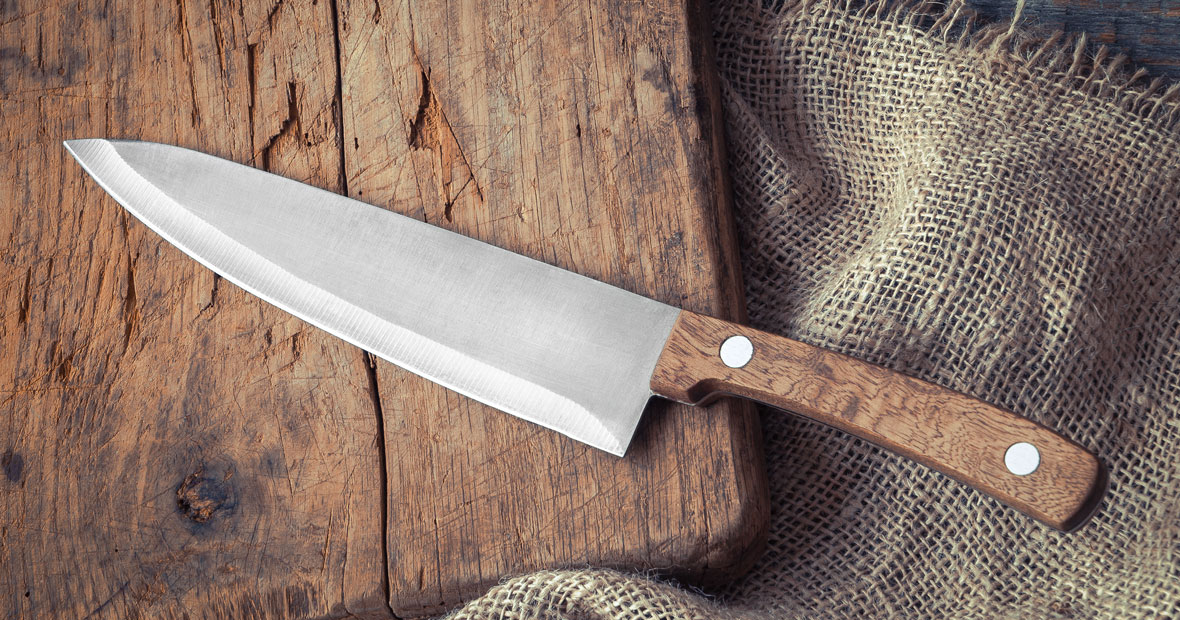
A knife can be more than just a tool; it can be a work of art. The handle, often overlooked, plays a pivotal role in this transformation. From the traditional to the exotic, a myriad of materials can be used to fashion knife handles, each offering its own unique blend of aesthetics and functionality. The choice of material can dramatically alter the overall look, feel, and performance of a knife, thus elevating a simple tool into a bespoke piece of craftsmanship. This piece uncovers the beauty and diversity of exotic materials used for creating unique knife handles from bone to resin, and even high carbon steel. Delving into the art of knife making, special attention is given to the significance of handle design, evaluating the properties of different materials and assessing their durability and workability. Additionally, the innovative use of materials in modern knife handles, including the rivet knife, will be discussed, thereby shedding light on how these materials are pushing the boundaries of traditional knife making.
Exploring the Art of Knife Making: Material Significance in Handle Design
Understanding the intricate process of knife making is an art that goes beyond mere aesthetics. Different materials have a profound impact on the look, feel, and durability of a knife. Revealing the beauty of exotic materials used for creating unique knife handles is a fascinating journey. Being aware of the pros and cons of each material used in knife handles is beneficial for both knife enthusiasts and makers.
Materials play a pivotal role in the quality of the knife. The choice of material for the handle affects the balance, grip and overall functionality of the knife. It is not a simple task to select the perfect material for the handle that complements the blade of the knife.
Beauty and Durability: Evaluating the Properties of Different Handle Materials
Knife handles, the unsung heroes of the culinary and outdoor world, require a combination of beauty and strength. Unveiling the beauty of exotic materials for unique knife handles involves an understanding of the properties of different materials, their durability, and their workability.
Assessing the Durability and Workability of Bone Handles
Among the most traditional materials for knife handles, bone possesses both aesthetic appeal and resilience. Despite the natural elegance and unique patterns inherent in bone, its durability should not be underestimated. Bone handles, often from deer or buffalo, offer a reliable grip and long-lasting use. Nonetheless, the price point may vary depending on the source of the bone.
Color and Carving: Exploring the Properties of Resin Handles
Resin handles, on the other hand, bring a more modern touch to knife design. These handles stand out for their vibrant colors and intricate carvings. Crafted from high-quality resin, these handles are resistant to moisture and heat, ensuring a long lifespan. Customization is another advantage of resin handles, offering a wide array of colors and designs.
High Carbon Steel: A Balance of Strength and Aesthetics in Handles
High carbon steel, a mix of strength and aesthetics, is another popular choice for knife handles. Apart from its beautiful dark color, high carbon steel is well-known for its strength and resistance. As a metal, it is more durable than wood or bone, offering a heavier feel and a sturdy grip. The price of high carbon steel handles, however, could be higher than other materials due to its specialized properties.
Going Beyond the Ordinary: Innovative Use of Materials in Modern Knife Handles
Today's market for cutlery displays an impressive variety of materials used for knife handles, each with its distinct characteristics and aesthetic appeal. A prime example is mammoth ivory, a unique and exotic material that presents a range of fascinating patterns. Despite its rarity, it is a popular choice for knife enthusiasts due to its timeless beauty and the historical value it adds to each knife. However, the process of obtaining this material is complex and demands a high level of expertise, which in turn reflects on the final product's price.
While mammoth ivory stands out for its aesthetic appeal, other materials deliver in terms of functionality. For instance, G-10, a type of fiberglass laminate, offers a robust grip and is easy to work with, making it ideal for everyday tools like kitchen knives. Not forgetting metal handles that provide a sturdy grip and durability, albeit at the cost of comfort in prolonged use. Each material has its strengths and potential drawbacks, and the choice often depends on the intended use of the knife and personal preference.